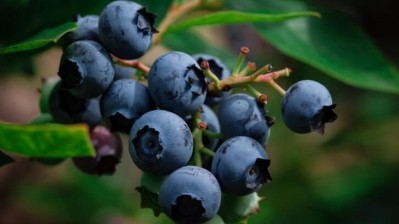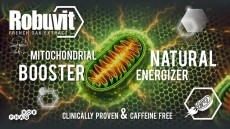Moderate blueberry intake improves bone health in postmenopausal women

“Freeze-dried blueberry powder at lower to moderate doses, but not higher doses, increased bone calcium balance in both ovariectomized rats and healthy postmenopausal women,” the team of U.S. university researchers wrote in the latest edition of The American Journal of Clinical Nutrition.
The research is part of a series of in vitro, preclinical and clinical trials supported by the National Institutes of Health into the benefits of blueberry consumption for bone health in postmenopausal women. It follows the publication of a related study last month in the journal Antioxidants, exploring the influence of different blueberry genotypes and dosages on variations in gut microbiomes across hosts.
Blueberries and bone health
The researchers noted that major and rapid estrogen loss during menopause significantly reduces bone mass and heightens the risk of age-related osteoporotic fracture.
“During this period, the hormonal imbalance results in an increase in oxidative stress, which increases bone resorption and decreases bone formation resulting in rapid bone loss,” they explained, noting that blueberry polyphenols have been shown to act as antioxidants to support bone health in both ovariectomized (OVX) and induced osteoporosis rat models.
Preclinical studies also suggest that the metabolites produced from bacterial fermentation of blueberry polyphenols may be partially responsible for the bone-protective effects.
Study details
For this study, the researchers first evaluated the blueberry dose-response in 20 OVX rats as proof of principle for a subsequent study in postmenopausal women using the urinary appearance of calcium (Ca) tracers from prelabeled bone to reflect changes in bone balance.
“We initially hypothesized a positive dose-response effect of blueberries on bone; however, the rat study suggested that lower doses would be more effective at reducing bone loss in postmenopausal women,” they noted.
In the human trial, 14 healthy women at least four years into menopause were first dosed with 50 nCi of 41Ca (a long-lived radiotracer) and equilibrated for five months to allow for its deposition in bone. Following a six-week baseline, participants were randomly assigned to a sequence of three six-week interventions: a low (17.5 g/d), medium (35 g/d), or high (70 g/d) dose of freeze-dried blueberry powder equivalent to 0.75, 1.5, or 3 cups of fresh blueberries consumed in food and beverage. Each period was followed by a six-week washout.
Urinary 41Ca:Ca ratio was used to assess net bone calcium retention. Serum bone resorption biomarkers and urinary polyphenols were measured at the end of each control and intervention period as secondary outcomes.
“In both OVX rats and postmenopausal women, blueberry interventions benefited net bone calcium balance at lower but not at higher doses,” the researchers shared. “In women, net bone calcium retention increased by 6% with the low and 4% with the medium dose compared with no treatment.”
Urinary excretion of hippuric acid – a common end-stage metabolite of several blueberry polyphenols – increased dose dependently with blueberry powder consumption. There were no significant relationships observed between bone resorption biomarkers, 25-hydroxyvitamin D, and interventions.
The researchers speculated that higher doses of blueberry polyphenols might saturate metabolite pathways in the lower gut, disrupting microbial metabolism and resulting in the null effect on bone health.
Source: The American Journal of Clinical Nutrition
doi: doi.org/10.1016/j.ajcnut.2023.05.033
“Moderate consumption of freeze-dried blueberry powder increased net bone calcium retention compared with no treatment in healthy postmenopausal women: a randomized crossover trial”
Authors: Joanna K. Hodges et al.

















